100% local
With the roots of the soy sauce industry going deep in the Xiluo community, some locals have begun taking it to another level, promoting a revival of black bean farming in the area to ensure the sauce produced is truly 100% local.
Every weekend, the Flora Expo Park in Taipei is host to a national farmers’ market, with farmers and farmers’ associations from around the island setting up shop to sell the products of months of hard work.
Cai Caixing has taken part in this market for four or five years. At the small stall he staffs alongside his son, who just finished his military service, they sell a range of homemade products, including black beans, black bean tea, and black bean vinegars. Five years ago, at the age of 47, Cai made the decision to go into farming, having previously worked in irrigation equipment, and before that in selling automotive products and customising cars. Having lived most of his life in Xiluo, soy sauce had long been a favorite of his, and after seeing a news report, he learned that most of the black beans used in Taiwan’s soy sauce were in fact not even from Taiwan. It was then that he set his heart on growing black beans and helping Xiluo become not only a soy sauce town, but also a black bean one.
Today, Cai and other farmers together farm some 70 hectares of black beans, a far cry from five years prior, when most of the township was content to observe from the sidelines.
In the past, black beans were time and labor intensive and produced little income, and with government subsidies available for leaving fields fallow, many farmers decided they’d rather take the subsidies. To get more locals on board with his plan, Cai not only offered to pay a higher rent for the land, but also hired them to handle weeding and help out, drawing them into an area they previously had little interest in.
As well as helping create profits for those farmers, Cai himself benefited from their expertise. With no background in farming, he sought their advice and that of the Tainan District Agricultural Research and Extension Station to develop a unique farming approach. Generally black beans are watered two or three days after sowing, but Cai chose to draw this out to eight days.
After the beans are sown, Cai explains, the soil is dry, and so to survive the plants reach down into the earth for water. The further down their roots reach, the stronger the grip they have on the earth, making them more resistant to typhoons and northeasterly monsoon winds. Then, when irrigated, the dense root system eagerly sucks up the water; “This way, it’s like our black beans are drinking with a hundred straws instead of just one,” says Cai.
Cai’s special approach to irrigation is also used when the beans begin to flower and their pods mature, resulting in particularly rich harvests of his Tainan No. 5 variety of bean, which yields some 2800‡3000 kilograms of beans per hectare. On top of that, where others’ crops need 30‡35 days to be ready for harvest, Cai’s ripen close to a week sooner.
Cai’s special approach is helped along by the local geography. Xiluo sits some 60 km north of the Tropic of Cancer, so the weather is less oppressively hot than further south, but still sunny, while the powerful winter northeasterlies are much weaker. Meanwhile, the neighboring Zhuoshui River provides an abundance of water. Overall, Xiluo quite literally has excellent fengshui.
In addition to processing these local beans into black bean teas and vinegars, Cai also works with several Xiluo soy sauce brands to facilitate the creation of 100% Xiluo sauces. “Only with this kind of combination of local product and local culture can we really be sure there’s a long road ahead for the industry,” says the greying Cai confidently.
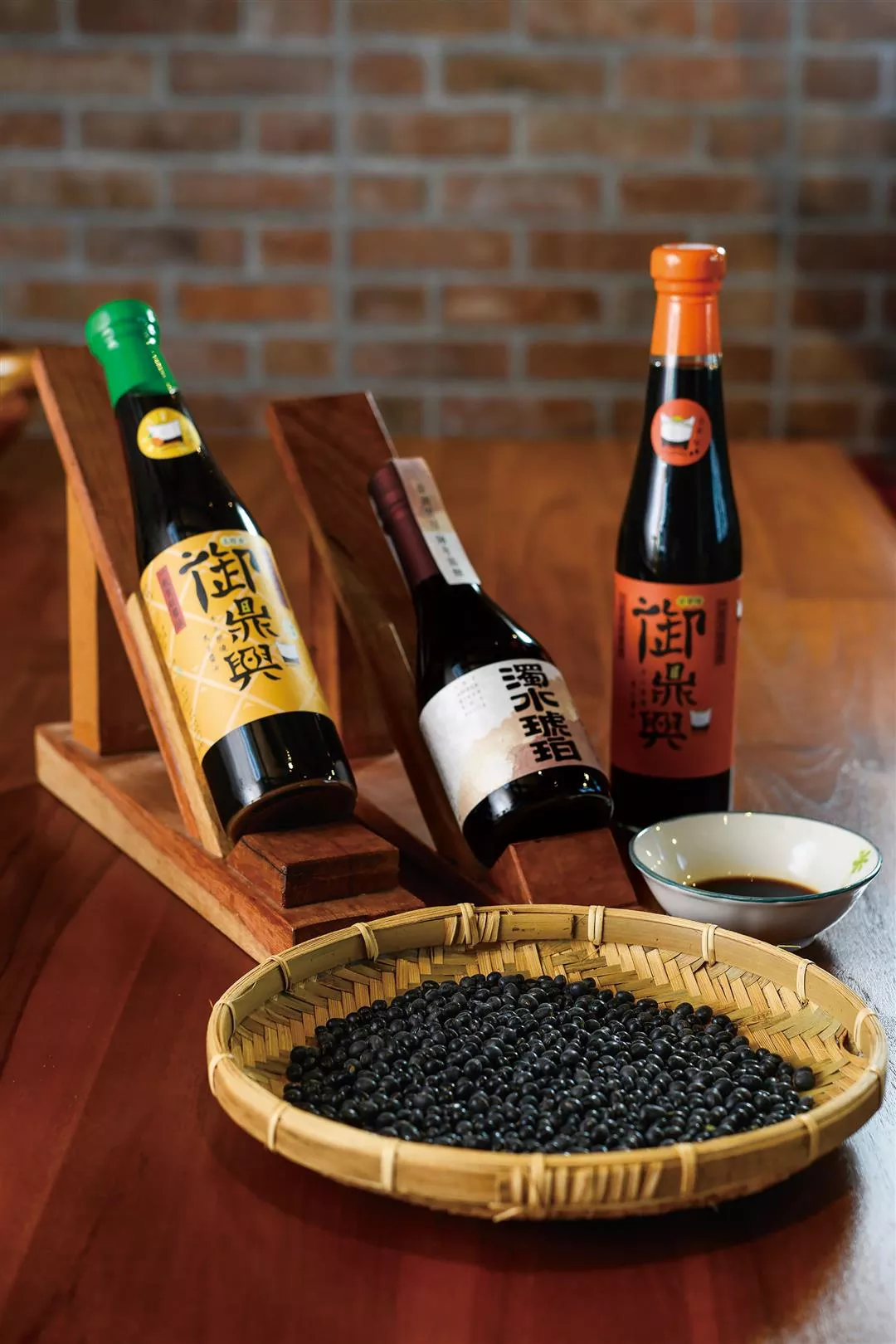
The thick fragrance and old-fashioned flavor of Yu-Ding-Shing’s soy sauces really bring back memories for many older Taiwanese consumers.
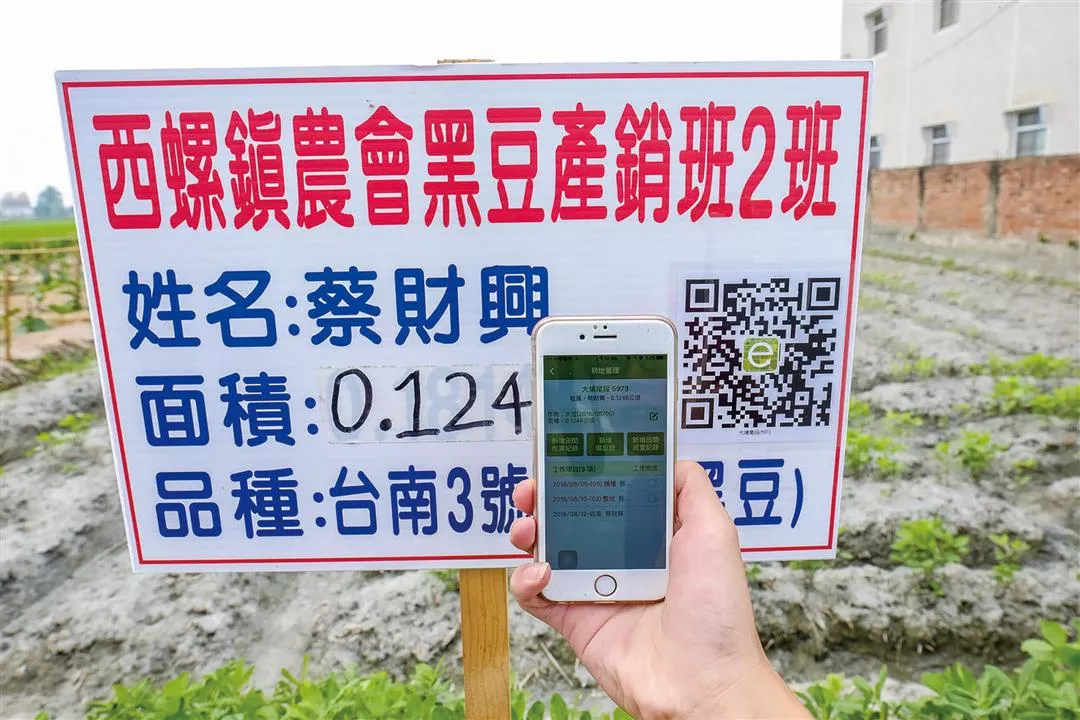
Cai Caixing has actively promoted the revival of black bean farming in Xiluo and uses an advanced app to manage his fields. His efforts to combine local production and soy sauce culture have helped further deepen the roots of soy sauce production and culture in Xiluo.
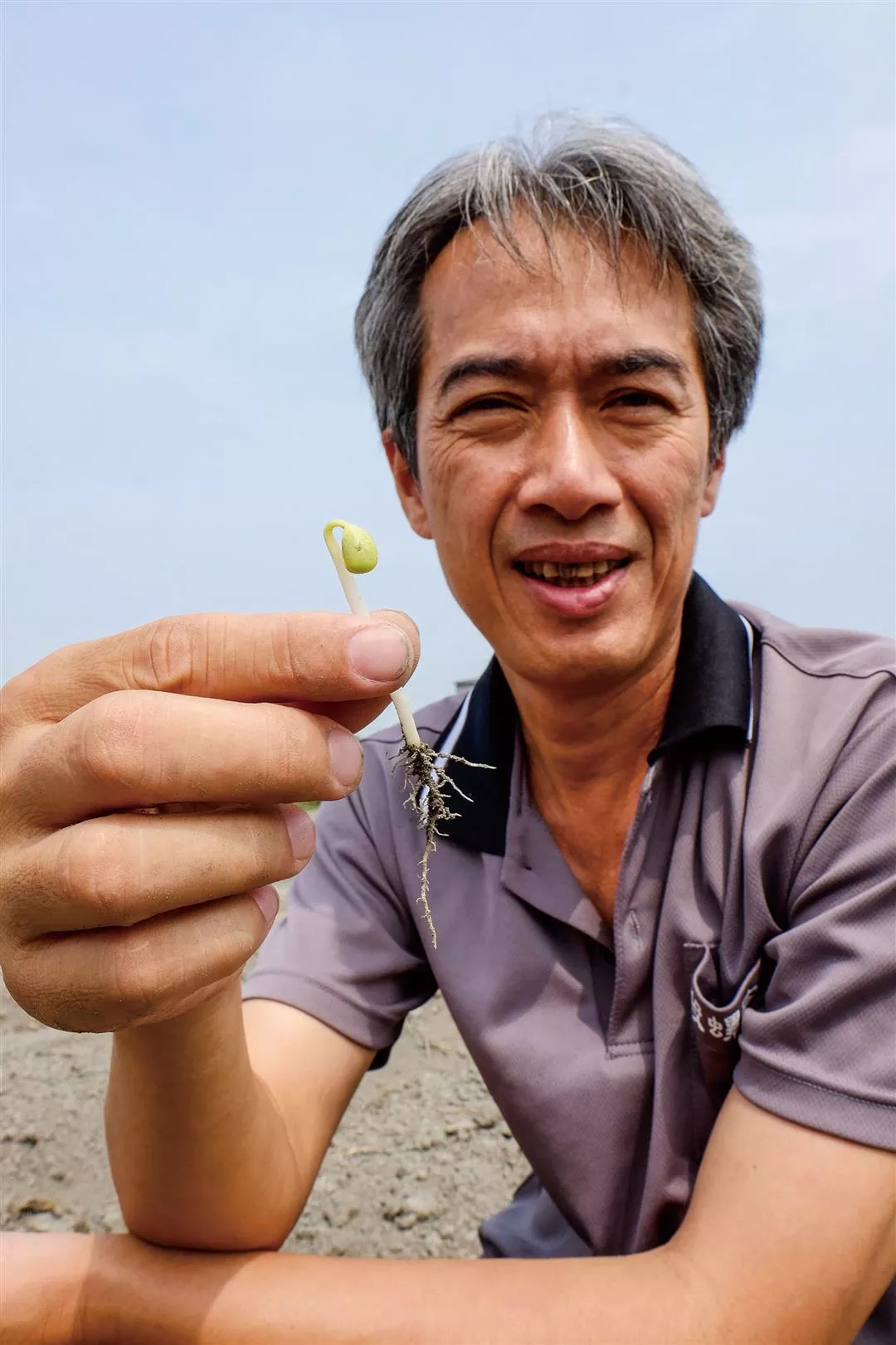
Cai Caixing has actively promoted the revival of black bean farming in Xiluo and uses an advanced app to manage his fields. His efforts to combine local production and soy sauce culture have helped further deepen the roots of soy sauce production and culture in Xiluo.

Dark, rich local “Tainan No. 5” black beans produce a soy sauce with a distinctive and enticing color and flavor.
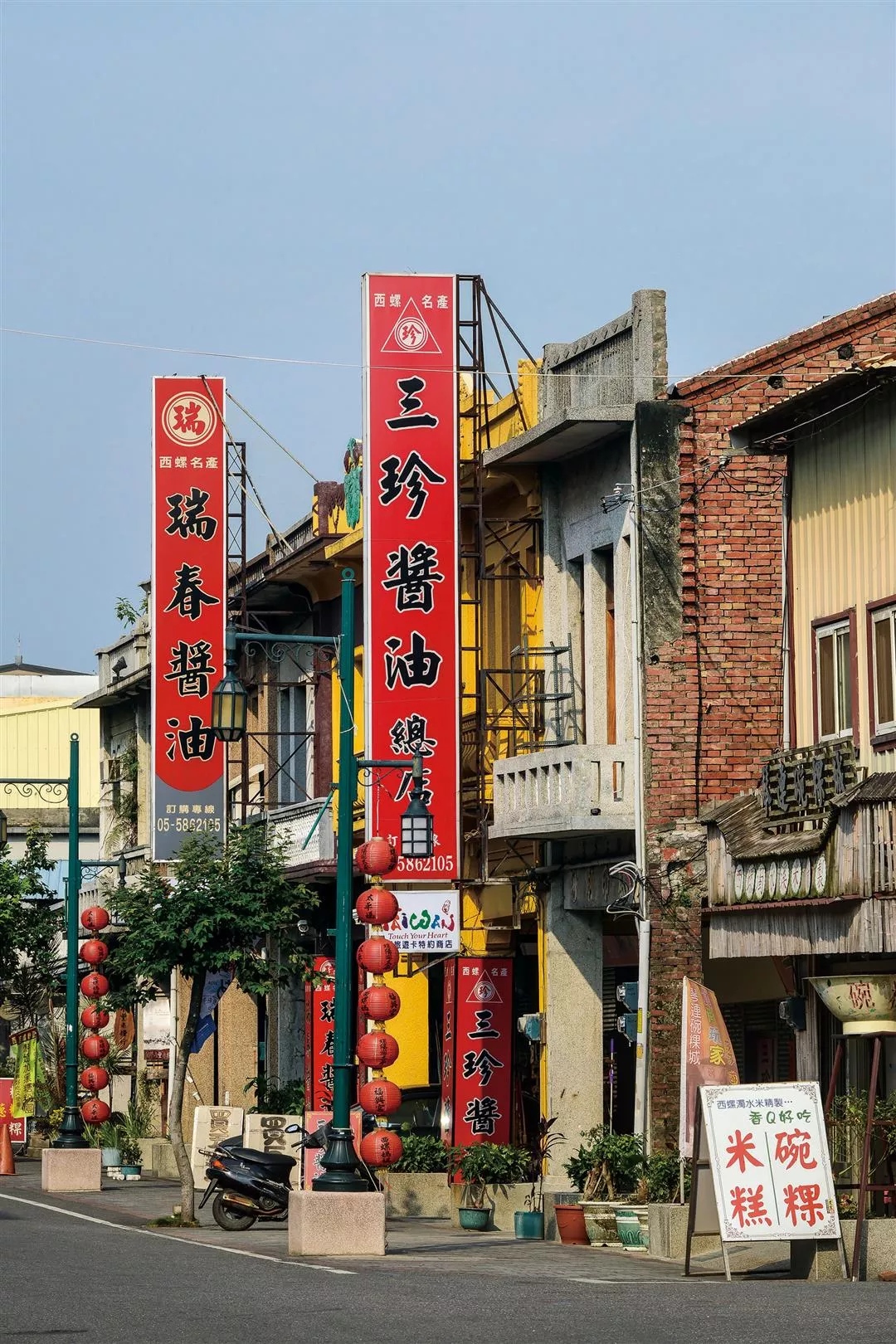
The reputation of Xiluo soy sauce has spread far and wide, and the streets of this small town of just 50,000 are practically packed with soy sauce businesses.
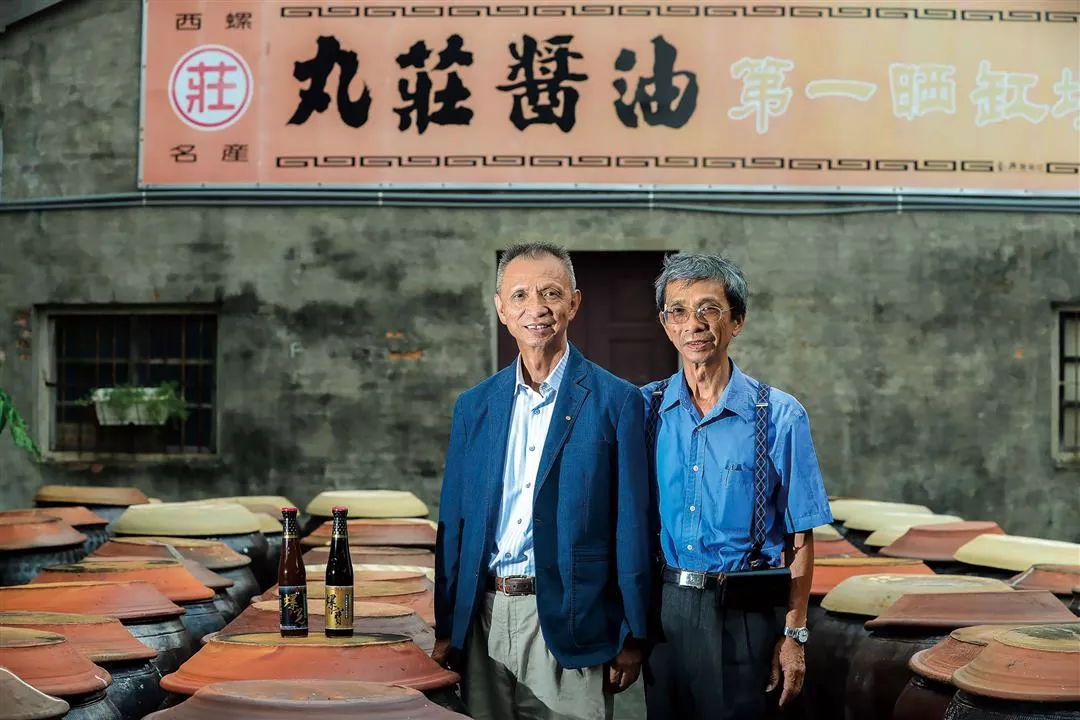
Wuan Chuang Soy Sauce chairman Zhuang Yingyao (left) and general manager Zhuang Yingzhi (right) are carrying on the traditions of this century-old brand, keeping the fame of Xiluo soy sauce shining bright.
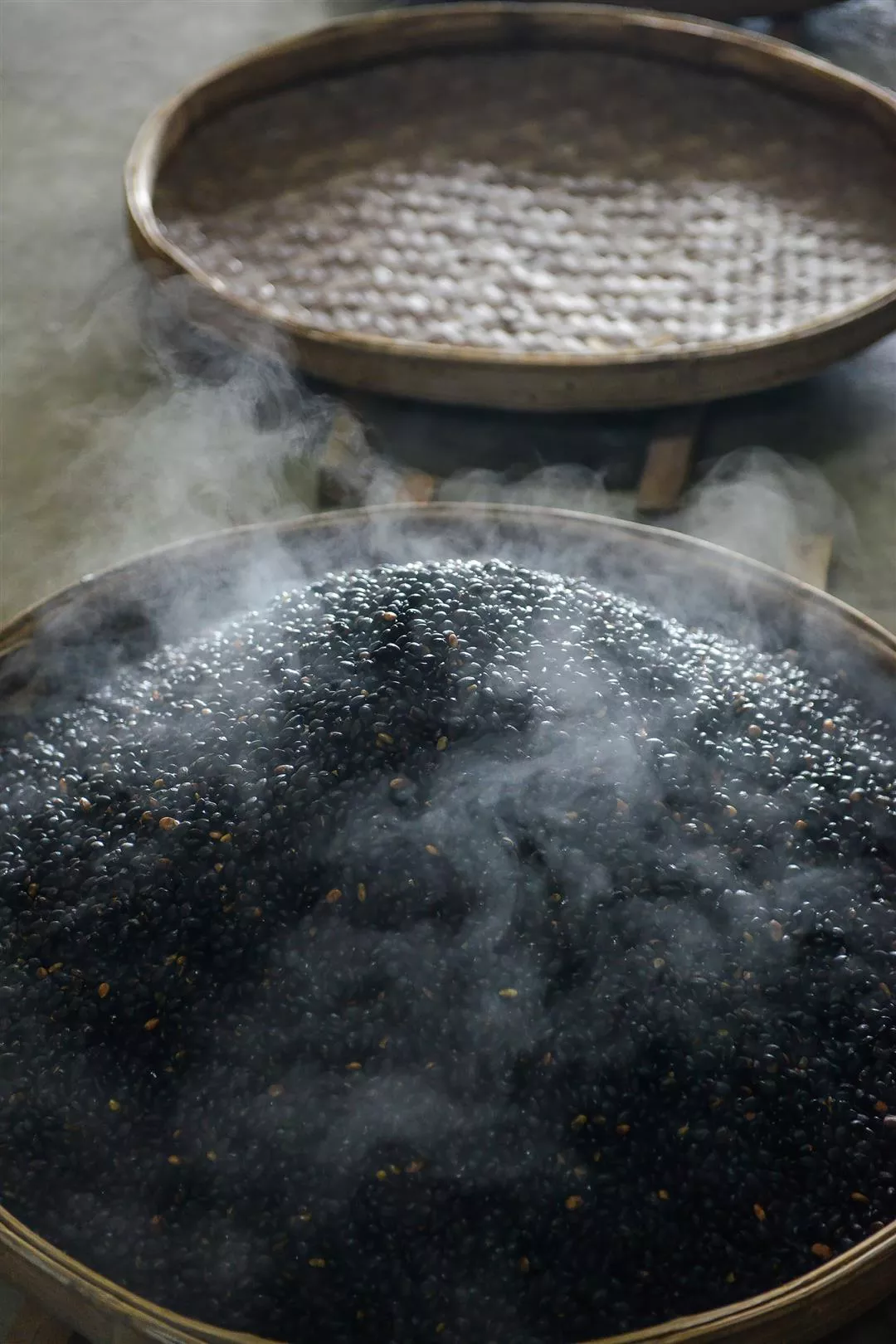
Yu-Ding-Shing Soy Sauce has brought new life to traditional soy sauce production methods.

Yu-Ding-Shing Soy Sauce has brought new life to traditional soy sauce production methods.